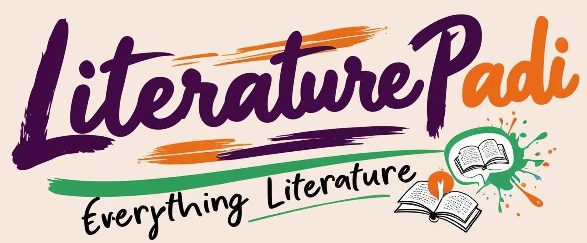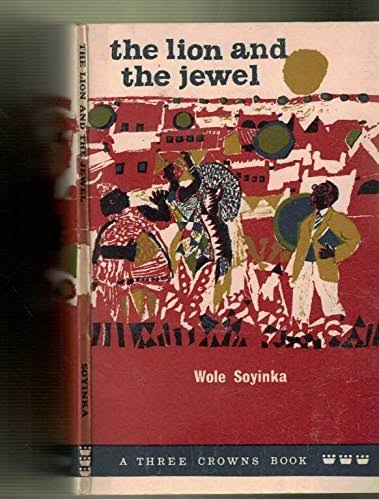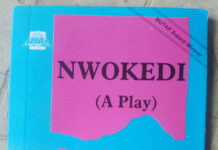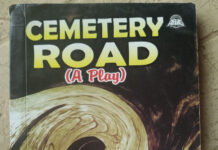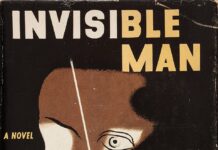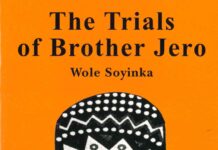📢 Follow our WhatsApp Channel for the latest literary updates!
Examine the conflict in Wole Soyinka’s The Lion and the Jewel.
The technique by which Soyinka creates the force at friction in The Lion and the Jewel makes for a spectacle of the characters that exemplify the antipodal qualities of heroism by way of reason and tact.
The opposition between Baroka and Lakunle in the play is not without a predominant figment of meaning that the author communicates in a working portraiture of opposition between the forces of civilisation and primitivism. But in the conundrum created in the play, it is pertinent to note that the trio of Sidi, Baroka, and Lakunle establish the crux of the antagonisms by which the resolution is defined.
It is also thought-provoking that the elements in full force such as the magazine scenery, Baroka’s wrestling match, and the train project, create the point that Soyinka works into the ethos of these major characters — including Sadiku whose experience is indirectly undermined.
One, the effective dialogues and depictions of both characters, Lakunle and Baroka, form the background of their oppositions — their ideologies — in a way that leaves the reader with valid points of view abreast each other. At that rate, it is not unusual that Sidi lingers over the choice of whose proposal to accept. She would rather choose Lakunle over Baroka, but the former trifles with a custom Sidi holds dear: payment of bride price. He dismisses it as “a savage custom, barbaric, out-dated, rejected, retrogressive…/Custom shaming our heritage before the world.”
Lakunle’s idea of a wife starkly downgrades Sidi’s regard for tradition. By this jutting difference, Soyinka facilitates the crossroads thematic treatment of Sidi’s youthfulness — and feminity — which merits the pride of both men at ‘play’ . He places her between the prime and premium of beauty and the doubts and reconsideration of that value by the fact of which hazarding a step is either demeaning or dignified. This is the tactical machinery set in motion for the complication stage of the plot where her photos from the city storm the village . At this point she sees in herself what cannot but bedazzle any male who truly has a taste for beauty and truth, and on which she prides into the gullibility that underscores the rest of the story .
Two, Baroka also struggles for Sidi. In the unfolding of his own reason, the author creates a metaphorical wrestling match between Baroka and a young-blooded wrestler whom Sidi believes will win; but Baroka proves indomitable — he speaks of his vigour that will not wane. This creates a metaphorical defense against the guiles of modernity. As a matter of fact, this fight scene makes for a smaller picture of what friction exists between Baroka and Lakunle in a critical coherence of stylistic elements.
Soyinka designates the Bale to the presumably old-fashioned and degenerating ancestry, norm and tradition as a very much jettisoned instrument of balance and oomph for the mounting accommodative minds of modernity personified.
Baroka is not oblivious of the benefits of acculturation: he is only concerned about its utter disregard for the same soil it seeks to transform or on which it seeks to sprout. He takes a stand, the kind of appeal Okot p’Bitek makes in the extract from “The Woman With Whom I Share My Husband”:
The ways of your ancestors Are good Their customs are solid And not hollow They are not thin, not easily breakable They cannot be blown away By the winds Because their roots reach deep into the soil. — Okot p’Bitek
Now, Baroka flourishes his skill. He proves a worthy ‘winner’ of the Jewel in the dialogue that further ensues whereby he downplays Sidi’s haughtiness and insensitivity to the complex ‘wisdom’ of folklorism: “yesterday’s wine alone is strong and blooded, child/And though the Christian’s holy book denies/the truth of this, old wine thrives best/within a new bottle, the coarseness/is mellowed down, and the rugged wine/acquires full and rounded body….”
Here there is a reaffirmation of oomph in the tradition the young dismiss as moribund, where Baroka’s characterisation sharply depicts a defense of autochthonous dignity and value which remain valid in the face of Time’s void, and unfazed in the rampaging invasion of transformation.
This is suggested with the metaphor of old wine ‘rebranded’ for the “child”, that is, Sidi — and, to extrapolate, Lakunle, the influencer.
On the whole, in the irony that beats Sidi’s pride and debunks Lakunle’s vision to turn “this village…inside out”, Soyinka does not only resolve on Baroka’s victory but also grounds in a working sublimity, the representation of ideals and forms in things cultural; and preservative of the people’s definition of a conflicting life.
To this end, the conflict created in The Lion and the Jewel is the reason around which the trio of Lakunle, Sidi, and Baroka endeavour to establish their grounds as what is fitting for truth and this complexity of life: change.
Premium PDF
We have a study guide made just for you to aid your understanding of Wole Soyinka’s play. The 38-page premium study guide has a touch of finesse you can only find on Literature PADI. Download the entire The Lion and the Jewel study guide as a printable PDF now!
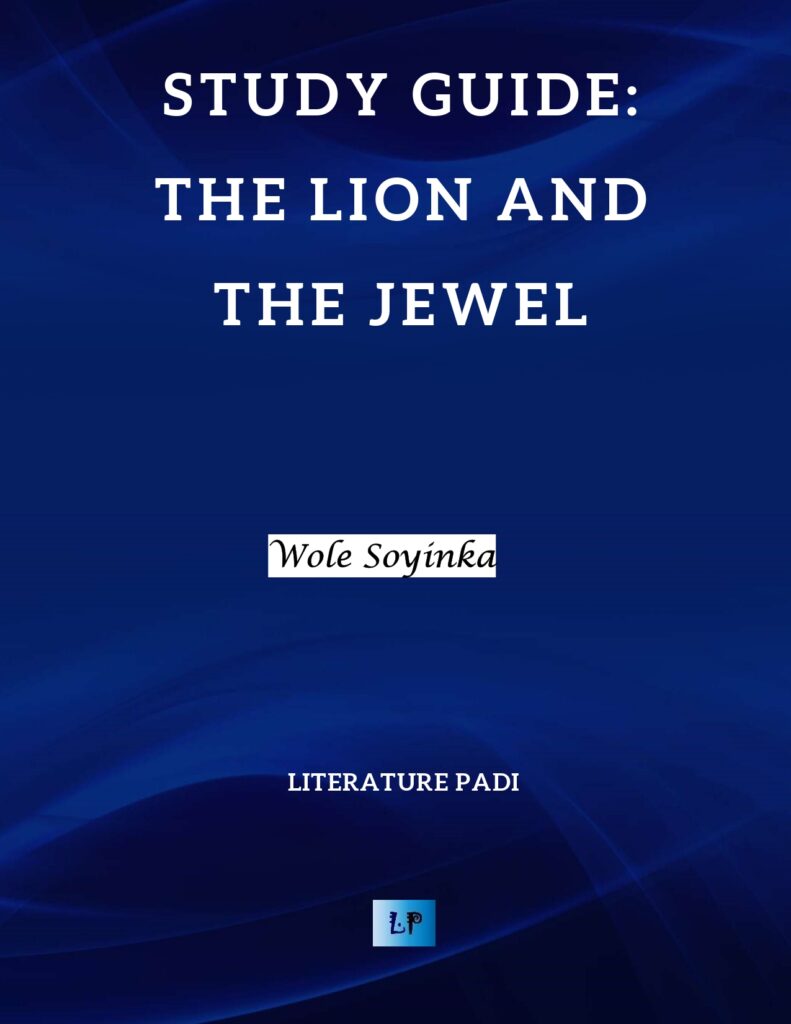
Further Reading:
- Q & A: Examine the Theme of Love and Marriage in Wole Soyinka’s THE LION AND THE JEWEL
- Dramatic Techniques in Wole Soyinka’s THE LION AND THE JEWEL
- Relevance of Title in Wole Soyinka’s THE LION AND THE JEWEL
- Themes in Wole Soyinka’s THE LION AND THE JEWEL
- Fela’s “Movement of the People”: A Review of Ogun Ahoyaya
Join Our Social Media Channels:
- WhatsApp: Literature PADI
- Telegram: Literature PADI
- YouTube: @literaturepadi
- Facebook: Literature PADI
